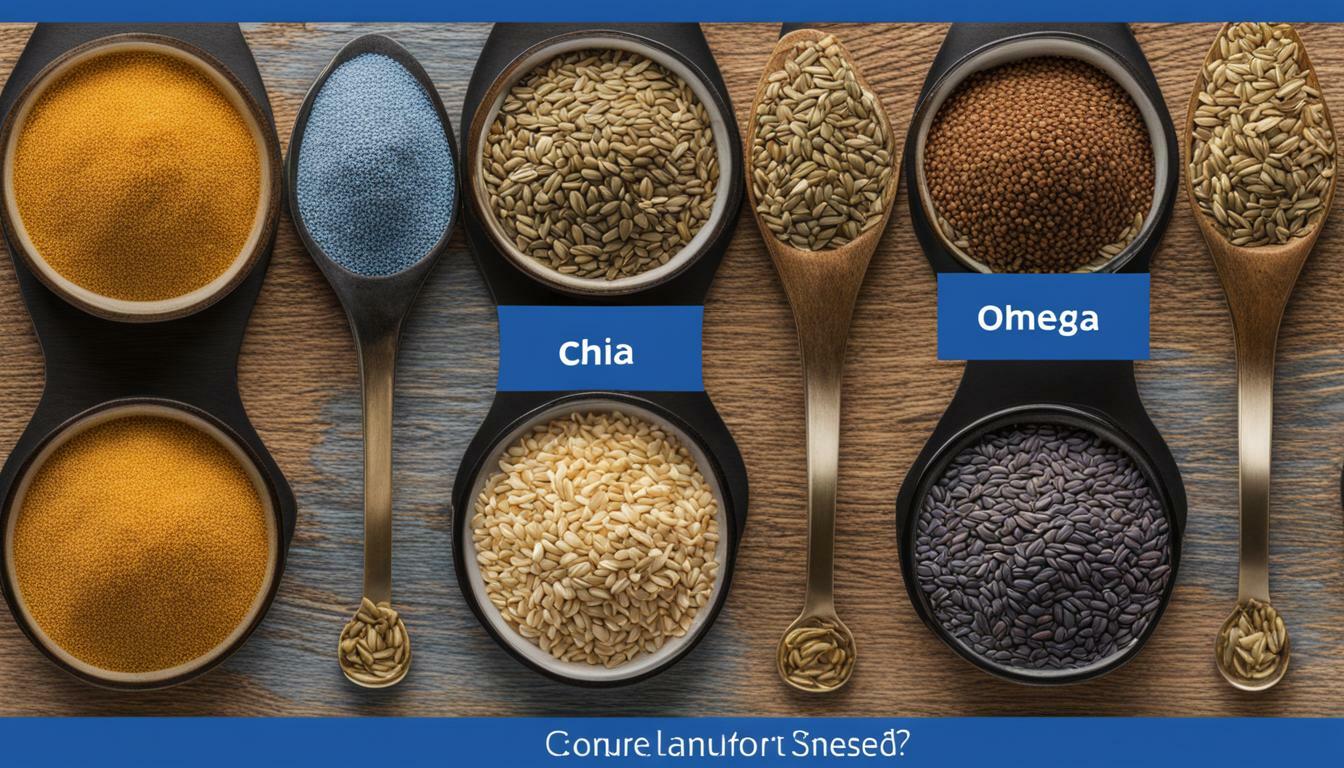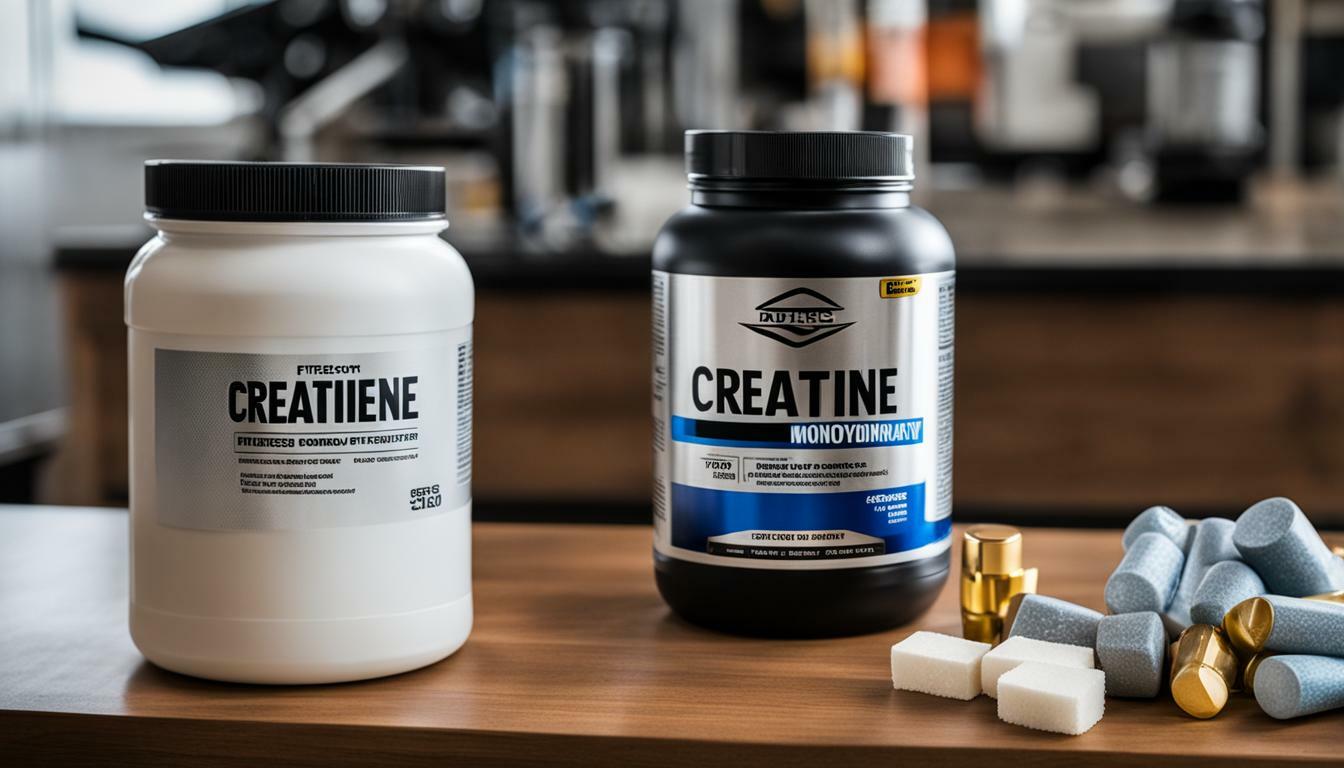In the grand symphony of life, every cell, every molecule, plays a vital role. Among these life-giving elements, two stand out as master conductors – Sodium and Potassium. These two humble minerals are more than just components of the earth’s crust or ingredients in our diet.
They are essential electrolytes that keep the rhythm of life beating within us. Electrolytes are substances that produce an electrically conducting solution when dissolved in water.
They regulate nerve and muscle function, hydrate our bodies, balance blood acidity and pressure, help rebuild damaged tissue, and perform a score of other tasks crucial to survival. Sodium and Potassium are paramount among these electrolytes.
Unmasking the Heroes: What Exactly Are Sodium and Potassium?
Sodium is a soft silver-white element belonging to the alkali metal group. It’s highly reactive in its pure form but commonly found as sodium chloride or common table salt. Despite its notorious reputation for causing high blood pressure when over-consumed, sodium is crucial for maintaining proper fluid balance in our bodies.
Like sodium, potassium too belongs to the alkali metal group but is much less reactive comparatively. Known for its high presence in bananas (though not exclusively), potassium plays a vital role in heart function and muscle contraction as well as helps regulate fluid balance.
A Symphony Within: Why Are Sodium And Potassium So Important?
Absolutely essential to human life; both Sodium and Potassium essentially act as cellular custodians within our bodies. They maintain fluid balance by controlling the movement of fluids into cells (potassium) or out of cells (sodium). This dance between them ensures cells aren’t overly diluted or concentrated – making them Goldilocks-like overseers of homeostasis.
Moreover, these maestros of mineral balance also play instrumental roles in generating nerve impulses and muscle contractions. They act like tiny cellular batteries, generating electrical currents that power these actions.
Think of them as the spark plugs that ignite the engine of your body, powering every heartbeat, every thought, every movement you make. And, while they each have their unique role to play, it’s the harmony between Sodium and Potassium that truly makes the music of life possible.
Their careful balance creates a melody within our bodies that keeps us healthy and active. Too much or too little of either can lead to a cacophony of health issues – but more on that later.
The Main Characters: Sodium & Potassium
Sodium: The Salt of Life
Role in maintaining water balance
As we delve into the intriguing world of sodium, first and foremost is its pivotal role in maintaining our body’s water balance. Sodium, being the main ion outside cells, regulates the total amount of water in our body.
It behaves akin to a “molecular sponge”, attracting and holding on to water, thereby controlling our blood volume. Sodium also works intimately with our kidneys to regulate hydration levels.
When sodium levels are high, your kidneys conserve water. On the contrary, when sodium levels are low, they expel excess water restoring balance.
Its part in nerve function and muscle contraction
Beyond hydration control though, sodium plays a crucial role in nerve impulse transmission and muscle contraction – basically ensuring your body functions as it should. This mineral allows neurons (nerve cells) to send signals by creating an electrical gradient which is essential for sending messages from one part of your body to another. The synchronization between sodium and potassium ions creates a chemical interaction that facilitates optimal performance of your muscles as well; too little sodium can cause muscle cramps while too much can lead to fluid retention causing swollen tissues.
How Sodium Affects Blood Pressure
Let’s not forget about blood pressure – another important facet where sodium shines. Sodium has a direct effect on blood pressure because it holds onto fluid within your bloodstream increasing blood volume thus affecting pressure levels inside your arteries.
However, like any good thing excessive intake can have side effects. Too much can lead to hypertension or high blood pressure because extra volume means more work for your heart and more pressure on blood vessels.
Potassium: More Than Just Bananas
Its role in heart function and muscle contraction
Stepping out from sodium’s shadow, we meet potassium, another vital electrolyte. This mineral is key to normal heart rhythm and muscle contraction. It helps maintain communication between nerves and muscles by contributing to the creation of what’s called ‘action potential’.
This action potential is like a wave of energy that helps instigate and exhort muscle contractions, including those of the heart. A shortfall in potassium can lead to weak or irregular heartbeat.
Importance for digestion
When it comes to digestion, potassium is your steadfast ally. It stimulates nerve impulses for muscle contractions in the digestive system helping your gut move food efficiently through your body. Moreover, it assists in breaking down carbohydrates and protein into usable nutrients – a process facilitated by potassium-generated electrical charges that help keep the digestive engine running smoothly.
How Potassium Regulates Blood Pressure
Though lesser known than sodium when we talk blood pressure regulation, potassium plays an equally significant role. It aids relaxation of blood vessel walls which can help lower blood pressure.
Additionally, it counteracts some effects of excess dietary sodium – if you consume more sodium than needed, adequate amounts of potassium can help expel the extra sodium reducing water retention thus managing blood pressure. Hence a balanced intake of these two electrolytes becomes paramount for good health.
Comparing the Two: Sodium vs Potassium
The Common Link: Unraveling the Similarities Between Sodium and Potassium
Firstly, let’s delve into how sodium and potassium are alike. They are both categorized as essential electrolytes, which means our bodies require them for some of the most fundamental functions. These microscopic titans facilitate nerve transmission by acting as carriers for electrical signals across cell membranes.
They are imperative in allowing our brain to communicate with our muscles, orchestrating every movement from a simple blink to a complex dance routine. Moreover, both sodium and potassium play pivotal roles in maintaining fluid balance within cells.
They perform a delicate dance across cell membranes using a mechanism called ‘sodium-potassium pump’. This process keeps cells hydrated and functional while preventing them from bursting or shriveling due to an imbalance of water.
The Dividing Line: Distinguishing Sodium from Potassium
Sodium and potassium may share many responsibilities, but their differences lie in their concentration levels inside and outside of cells – known technically as cellular homeostasis. In this intricate balancing act, sodium is typically found in higher concentrations outside the cell, while potassium tends to gravitate inside.
This disparity creates an electrochemical gradient that powers numerous biological processes such as nutrient transport. Beyond this fundamental divergence, they also differ considerably in how they interact with other nutrients.
For example, sodium collaborates closely with chloride to maintain blood volume and pressure; when consumed together as table salt (sodium chloride), these two minerals control fluid balance throughout the body. On the other hand, potassium often pairs with magnesium – another vital mineral – assisting it in tasks ranging from protein synthesis to energy metabolism.
The Balancing Act: Maintaining the Right Levels of Sodium & Potassium
Why Balance is Crucial: The Delicate Dance of Electrolytes
Understanding the critical balance between sodium and potassium is akin to deciphering the intricate choreography of a ballet. Too much or too little, and the dance falls apart, just as our bodies falter with electrolyte imbalances.
Sodium and potassium are our body’s primary electrolytes and are essential for a plethora of physiological processes – from nerve transmission to muscle contraction to maintaining blood pressure levels. Thus, a delicate balance between these two elements is paramount.
Imbalance between sodium and potassium levels can unravel various health complications- some minor while others could be life-threatening. Imbalanced tendencies such as hypernatremia (high sodium) or hypokalemia (low potassium) can cause mild symptoms like fatigue, headaches, or muscle cramps to more severe conditions like irregular heartbeat or even cardiac arrest.
Signs of Imbalance: Detecting Electrolyte Disharmony
So how does one know if they’re teetering on this precipice of imbalance? Manifestation varies depending on whether you have an excess or deficiency of these electrolytes. High sodium levels may lead to intense thirst, swelling in your hands and feet, or even confusion.
On the other hand, high potassium levels could cause heart palpitations, shortness of breath, chest pain. Equally concerning are deficient levels.
Low sodium might result in nausea, seizures or even coma while low potassium could give rise to muscle cramping, fatigue and constipation among other signs. As you can see each deviation from the equilibrium brings with it its own set of harbingers.
Maintaining Balance: Nutrition & Lifestyle Changes for Harmony
Restoring this essential balance primarily begins at your dinner table but extends beyond to your overall lifestyle. Sodium, found abundantly in processed foods, needs to be consumed judiciously.
Conversely, potassium-rich sources such as bananas, spinach, sweet potatoes are your heart-healthy allies that need to be included more in your meals. Beyond diet, maintaining a regular exercise routine will not only help keep sodium levels under control but also aid in better absorption of potassium.
Additionally, cutting back on habits like smoking and drinking can further support this electrolyte balance. Staying well-hydrated is essential since water plays a crucial role in distributing nutrients including these electrolytes throughout the body.
Striving for this biochemical equilibrium is less daunting than it seems. A mindful approach towards diet and lifestyle choices can ensure that the dance between sodium and potassium always remains graceful and harmonious.
The Dark Side: Health Risks Associated with Imbalances
High and Low Tides: When Sodium Levels Surge or Plummet
As a potent regulator of the body’s fluid balance, when sodium levels swing too high or too low, it can trigger a host of health issues. For starters, let’s explore hypernatremia – a condition marked by excessive sodium in the blood.
Hypernatremia typically occurs when there’s insufficient water intake to match the amount of salt in the body, often leading to dehydration. This imbalance can result in symptoms such as lethargy, restlessness, muscle twitching, and even seizures in severe cases.
Conversely, hyponatremia is coined when sodium levels drop below normal concentrations. This might occur due to excessive water intake diluting the level of sodium or due to conditions like kidney disease where sodium is not effectively conserved.
Symptoms may mimic those of hypernatremia but can also include nausea and headache. In extreme cases, it could lead to coma or even death if left untreated.
Riding the Potassium Wave: Dealing with Excess and Deficiency
Now let’s delve into potassium’s role- an electrolyte that’s just as pivotal for maintaining balance. Hyperkalemia refers to a state where there’s an excess level of potassium in your blood.
Although our kidneys usually excrete excess potassium through urine efficiently, things can go awry if you have certain medical conditions like kidney disease or if you’re on specific medications that inhibit this excretion process. Symptoms might be subtle at first but could escalate into heart palpitations or irregular heartbeat.
On the flip side is hypokalemia- indicative of deficient levels of potassium which could surface due to chronic diarrhea or use of diuretics (water pills). The classic symptom is muscle weakness but other signs might include constipation, excessive urination, or insatiable thirst.
In severe cases, hypokalemia can cause the heart to beat irregularly, which may be life-threatening. Though these conditions might sound disconcerting, understanding them is the first step to prevent or effectively manage electrolyte imbalances.
Conclusion: Striking the Right Balance Between These Vital
The Dance of Sodium and Potassium: A Delicate Equilibrium
Life is a question of balance, and this couldn’t be truer when we speak about sodium and potassium. The subtle dance between these two vital minerals is essential for our overall wellness.
Too much or too little can lead to various health issues, from simple fatigue to more serious heart complications. But fear not!
By adopting a varied diet rich in fruits, vegetables, legumes, lean meats and fish, we can usually get enough of both sodium and potassium naturally. Additionally, by keeping an eye on processed foods that are notorious for their high-sodium content and by staying hydrated we can maintain this delicate balance.
The Power Is In Your Hands: Optimal Health at Your Fingertips
The power truly lies within us to achieve the ideal balance of these vital electrolytes. It may seem complex at first glance; however, with awareness about the roles that sodium and potassium play in our bodies along with recognizing the signs of imbalance we are already half way there. Thorough knowledge aids in making informed decisions about what foods to consume and when supplements might be necessary.
Empowerment comes from understanding your body’s needs – embrace it! By maintaining the right balance between sodium and potassium electrolytes in your body you’re not just ensuring efficient nerve transmission or muscle contraction but actively contributing towards optimal health.
And remember – every small step taken towards achieving this balance has a big impact! Health is indeed wealth – so here’s to investing wisely in your most precious asset!
 Skip to main content
Skip to main content


